An EV, or electric vehicle, is an automobile that is powered partly or completely by electricity. EVs store power in an onboard battery that, depending on the type of EV, needs to be charged.
Continue on to find out about how to maintain EVs, the savings they can provide, and the types of EVs.

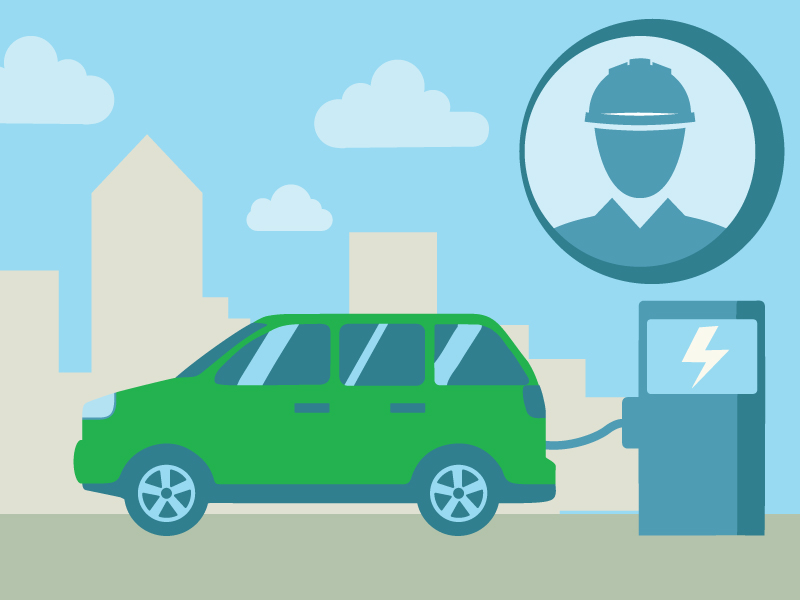
EV Maintenance
Are EVs Easier to Service?
- Yes, in fact, EV maintenance can be a major source of savings. The battery, motor, and associated electronics require little to no regular maintenance.
- There are fewer fluids, such as engine oil, that require regular maintenance.
- Brake wear is significantly reduced due to regenerative braking.
- There are far fewer moving parts relative to a conventional fuel engine.
Maintenance Savings
On average, gas cars cost $.06 per mile to maintain while electric cars cost just $.03 per mile to maintain. That’s $4,600 in savings over the lifetime of the electric vehicle!
Maintenance Info
For more details about maintenance visit AFDC’s Maintenance and Safety of Hybrid and Plug-In Electric Vehicles page here.
How Much do EVs Save?
According to a June 2023 Consumer Reports factsheet, driving an EV can save you between $6,000 to $12,000 over the vehicle’s lifetime compared to a gas-powered vehicle. The average EV driver will spend 60% less to power their vehicle and spend half as much to repair and maintain their EV than owners of gas-powered vehicles.
Marylanders charging their EVs at home are paying approximately 15 cents per kWh. With home charging at this price, you could travel 100 miles in an EV for $5.21. In comparison, traveling 100 miles in a conventional car would cost $13.65, over 2.5 times more than the EV, assuming $3.50 per gallon gasoline price.
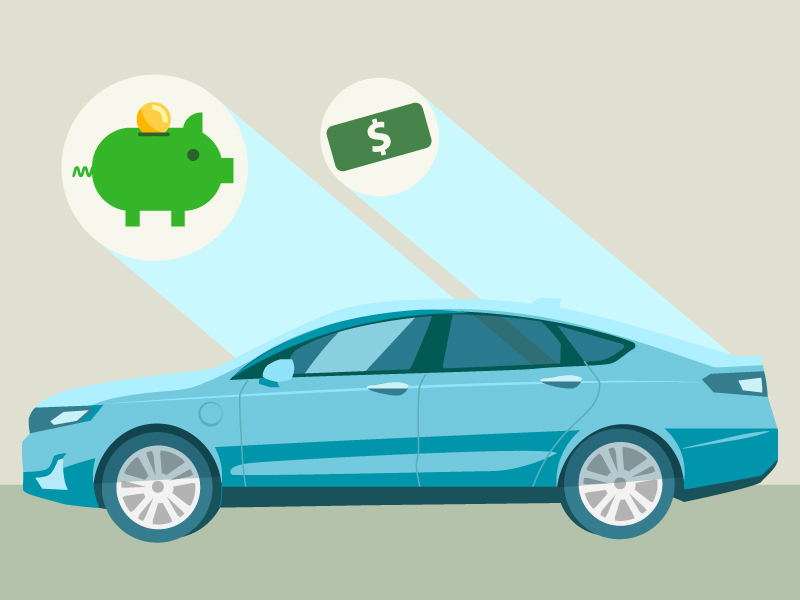
Which EV is Right for You?
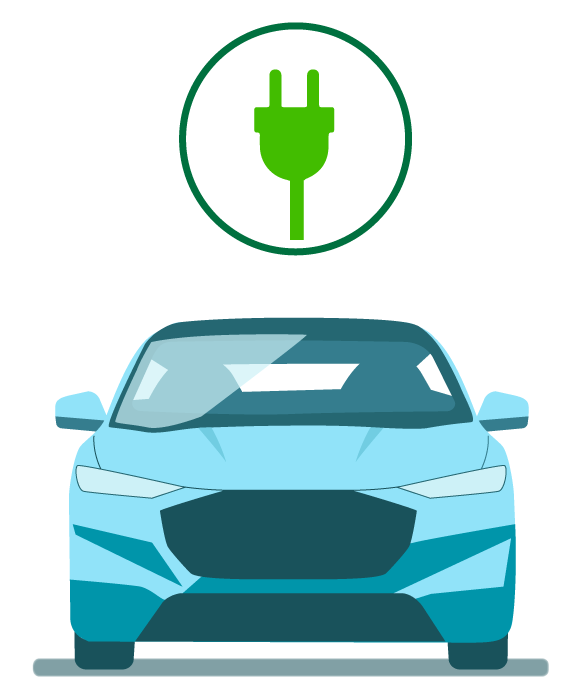
Battery Electric Vehicles (BEVs)
BEVs use only a battery to power the motor. Batteries can be topped up at plug-in charging stations.
Most all-electric vehicles can travel between 150 and 350 miles on a fully charged battery.
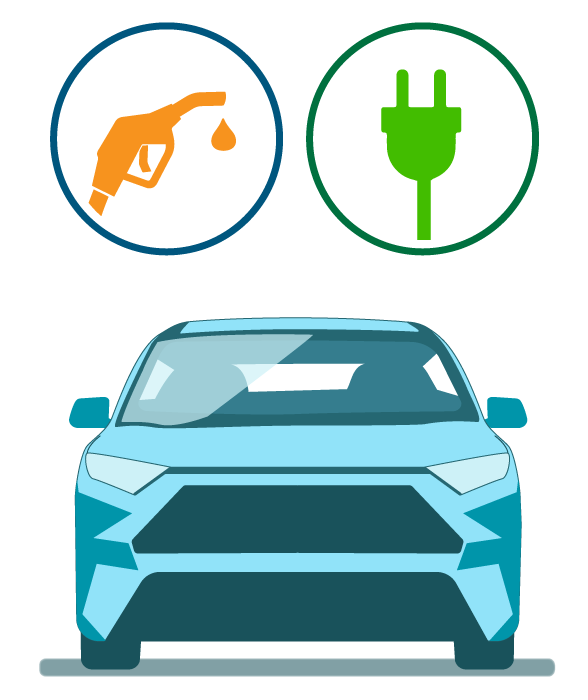
Plug-in Hybrid Electric Vehicles (PHEVs)
PHEVs are powered by traditional fuels and electric energy stored in a battery. This battery can be charged by plugging into an electric power source.
Many plug-in hybrids can travel between 20 and 50 miles on battery power only.
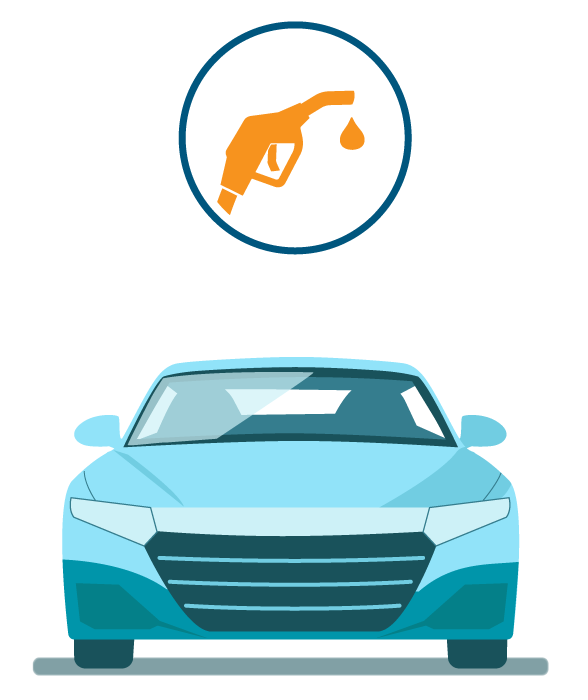
Hybrid Electric Vehicles (HEVs)
HEVs are powered by traditional fuels and electric energy stored in a small battery. As the car slows down, energy is captured to provide extra power when needed.
HEV batteries cannot be charged from external sources.
Which BEVs and PHEVs Are Available in Maryland?
Electric vehicles are in our state and ready for purchase. Use these resources to search.



